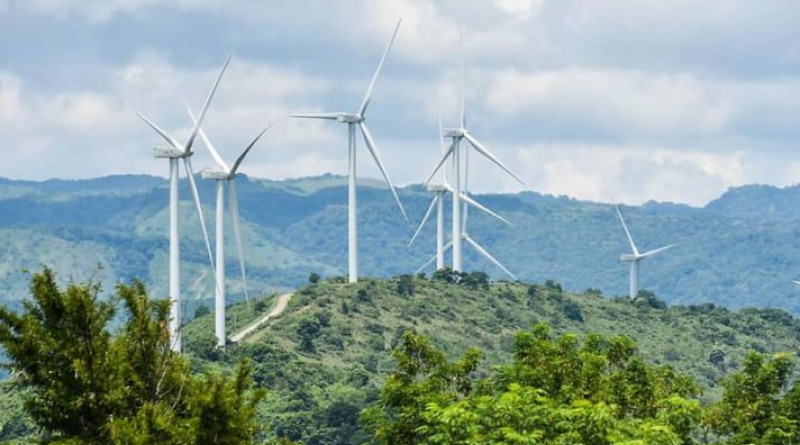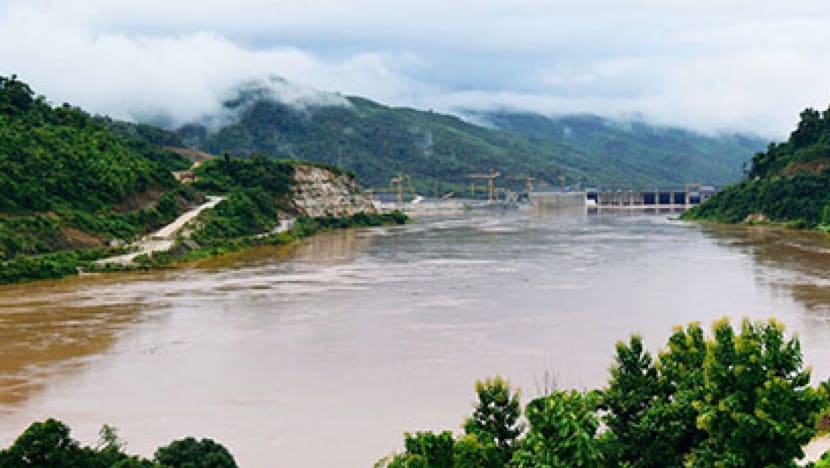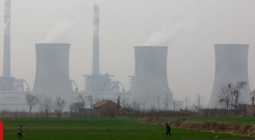Commentary: Why the shift to renewable energy in Southeast Asia is patchy

Most of Southeast Asia’s growth in renewable energy has been concentrated in Vietnam and Thailand. NUS’ Philip Andrews-Speed explains why.
SINGAPORE: Southeast Asia is one of the most vulnerable regions in the world to global climate change.
As the Intergovernmental Panel on Climate Change (IPCC) found in its latest report, Southeast Asia faces rising sea levels, heat waves, violent storms and reduced river flows due to reservoir construction and water extraction.
Yet, the urgency displayed by national governments, both individually and collectively through the Association of Southeast Asian Nations (ASEAN), lies in stark contrast to this emerging threat.
National plans to constrain the rise of carbon emissions from energy use lack ambition, and in some cases are not even treated as self-binding.
The latest ASEAN Energy Outlook, produced by the ASEAN Centre for Energy in November 2020, projects that energy consumption in the region may double between now and 2040. This could involve a doubling of fossil fuel use unless radical action is taken.
Just this week however, Malaysia's prime minister Ismail Sabri Yaakob announced plans for the country to “become a carbon neutral country by 2050 at the earliest.”
Whilst the path to energy decarbonisation involves many different technologies, renewable energy has become one of the most important in recent years as costs have declined over the last decade – by 80 per cent for large-scale solar photovoltaic installations and 40 per cent for onshore wind farms.
UNFULFILLED POTENTIAL OF RENEWABLES
However, many Southeast Asian countries have been slow to install new renewable energy capacity and are heavily reliant on fossil fuels.
Coal and natural gas supply almost 75 per cent of the region’s electricity. Hydroelectricity accounts for another 20 per cent and other forms of renewable energy provide just 5 per cent.
Since 2011, the installed capacity of hydroelectricity has risen by 70 per cent, mainly in the Mekong River Basin. However, future growth may be limited by factors such as the need to displace communities, the destruction of fisheries in the Mekong Delta and changing weather patterns.

In contrast, other forms of renewable energy have great potential. Solar and wind energy are the most mature of these technologies. However, despite their sharp decline, costs remain higher in Southeast Asia than in many other regions due to constraints on project development, weak supply chains and project risks.
Geothermal energy technologies are mature, but costs vary greatly with location, even in areas of high potential such as Indonesia and the Philippines.
Bioenergy is another promising technology, given the ample supply of sustainable biomass such as crop residues in Southeast Asia. Thailand is the regional leader in biomass for electricity generation, whilst Indonesia leads the production of liquid biofuels.
All these forms of energy can provide off-grid solutions to islands and other remote communities.
Given the availability of these renewable energy resources across Southeast Asia, the installed capacity of non-hydro renewable electricity generation in the region has risen nearly five-fold since 2011.
Yet, more than 50 per cent of this growth has been in Vietnam, mainly in solar, and another 25 per cent in Thailand, in solar and bioenergy, due to their respective governments’ concerted efforts at developing renewable energy. The other eight Member States have done relatively little.
VARIABILITY OF RENEWABLE RESOURCES ACROSS ASEAN
To understand why, we need to look first at the variation of availability of renewable energy resources across the region.
Whilst Southeast Asia has a relatively hot climate for much or all of the year, the intensity of solar radiation does not match that of the deserts of the Middle East, North Africa or western China.
In general, the solar energy potential of the region is similar to parts of southern Europe, such as Italy and southern France, but much better than in Germany, a country with a lot of installed solar power.
Solar accounts for about 60 per cent of Southeast Asia’s installed capacity of non-hydro renewable electricity, but the areas that receive the strongest solar intensity are concentrated in the Mekong region: Thailand, Myanmar, Cambodia, and southern Vietnam.
Until it was recently overtaken by Vietnam, Thailand hosted the largest installed capacity of solar power in the region.
By the end of 2020, Vietnam had 16,000 MW of installed solar capacity, dwarfing that of Thailand at 3,000 MW. But solar energy only makes up a fraction of these countries’ energy mix: Solar photovoltaics contributed only 4 per cent of electricity generation in Vietnam and 2.6 per cent in Thailand.
Tropical and equatorial regions across the world tend to have relatively low potential for wind energy on land.
As a result, wind energy provides relatively little electricity in Southeast Asia. Most of this is in Thailand and, to a lesser extent, in Vietnam and the Philippines.
However, the future lies offshore. Coastal areas of the South China Sea, areas off Vietnam, the Philippines and eastern Malaysia, have potential equivalent to that in parts of northern China, where wind is a major source of energy.
The potential for geothermal energy is greatest where there are volcanoes, in the Philippines and Indonesia. Bioenergy is playing a significant role in electricity generation, especially in Thailand, but also in Indonesia and Malaysia.
ASEAN LAGGING BEHIND ON INVESTMENT INTO RENEWABLES
While most Southeast Asian countries have the potential to develop one or more sources of non-hydro renewable energy, besides Vietnam and Thailand, many have failed to put in place stable policies to encourage investment by private actors.
Where such policies are in place, detailed regulations and rules are absent or weakly implemented.
Neither have governments obliged their state-owned power companies to invest in renewable energy capacity. Instead, they have continued to subsidise the construction of power generating capacity based on fossil fuels.
This preference arises from the longstanding role of fossil fuels in the economy and the resultant powerful industrial interest groups.
Indonesia, for example, is rich in coal, oil and gas. Companies active in these industries are deeply invested, financially and politically, in mining, burning and exporting these resources.
Moreover, coal is still seen as being cheaper than renewable energy, despite the sharp cost declines of the latter. Building a political consensus to promote renewable energy faces strong opposition.

In contrast, the development of renewable energy is an attractive option for countries that lack abundant fossil fuel resources, such as Thailand and Vietnam.
Unless investment in renewable energy is accelerated, individual ASEAN Member States may fail to meet their Intended Nationally Determined Contributions to constrain rising carbon emissions.
In addition, ASEAN as a group will fail to reach its short-term target of having renewable energy, including hydroelectricity, account for 23 per cent of primary energy consumption by 2025.
THE COSTS OF INACTION
The main economic risk of delaying investment in renewable energy is that the ongoing investments in fossil fuel generating capacity will become “stranded” and the investment capital wasted as the cost of renewable energy continues to decline.
The environmental cost of inaction is two-fold. First, the region’s contribution to greenhouse gas emissions will continue to rise. Second, local air pollution from fossil fuel combustion will intensify.
Though critical to the low-carbon transition, enhanced investment in renewable energy by itself will not be sufficient. Robust and flexible grid systems backed by energy storage are needed to balance intermittent renewable energy sources such as solar and wind.
A regional power transmission grid with a supporting trading system could move clean energy from areas of surplus, such as Laos, to areas of deficit, such as Malaysia and Singapore. In a few years, solar power from Australia may add to supplies in Southeast Asia.
In the longer-term, carbon capture and nuclear power may also start to make a significant contribution to the region’s decarbonisation. The final, and arguably, most potent tool is energy efficiency and conservation.
Philip Andrews-Speed is Senior Principal Fellow at the Energy Studies Institute, National University of Singapore.
October 2021
cna




